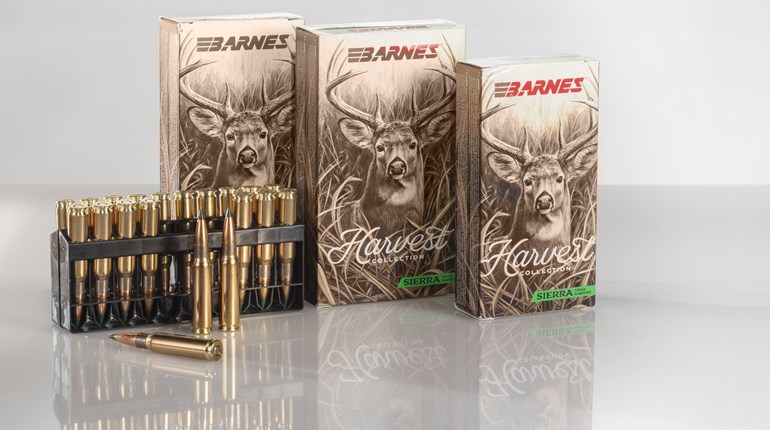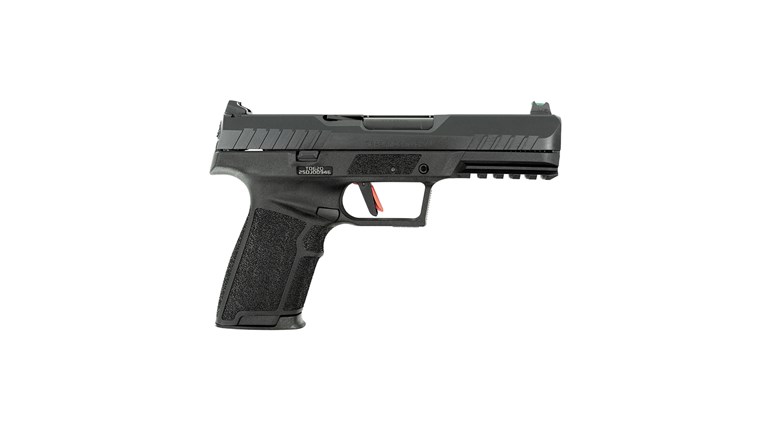
To skip right to the title, head towards the end of the article. For anyone curious about the author’s shooting history, or just to reminisce about your own learn-to-shoot experiences, read on.

I shot “Expert” for 25 years with the Marines, even shooting a perfect Annual Pistol Requalification score in 1978. But as I later learned when competing in the NRA Nationals, that experience earned me only a Marksman badge in the world of serious competition. As the former editor of Shooting Sports USA, my then boss—Executive Director of NRA Publications Doug Hamlin (now NRA CEO and EVP) allowed me to enter various shooting matches for better access and interview opportunities with the top competitors. While I tried hard to share those insights with our readers, it became an easy task thanks to the gracious and unselfish time offered by champions willing to discuss their hard-earned experiences. When asked if she would mind sharing some of her “secrets,” multi-year National Pistol Champion Judy Tant corrected me with: “There are no secrets. We share everything.”
Circling back for a moment, my own early marksmanship training began with the typical long checklist of: Place your feet shoulder width apart; angle your shoulders approximately 45 degrees to the target; keep a low center of gravity (i.e., think “heavy legs”); fix your eyes level so as to look through the center of the pupil; time your shot with a pause in breathing; make a shot-list for a consistent routine; and on and on. For years, I tried to remember the “37 steps to a perfect shot.” With experience and a ton of insights from the pros, I came to the conclusion that what matters most is not the laundry list of things to do, but focusing on the two things that matter—a grip that allows a quiet, straight trigger squeeze, and accepting the “wobble.” In other words, don’t ruin all the work invested in achieving a good sight picture with a poor grip and the wrong trigger finger angle. With the advent of electric sighting devices, I also learned that even my scary-looking “wobble” (i.e., bobbing sight picture), was on-target 50 percent of the time, so stop trying to snap the trigger .003 seconds after seeing the desired sight picture! Any 8-year-old can instinctively align the sights. Practice will help them compartmentalize the distractions on the firing line, onlookers, adrenalin and learning how not to anticipate the noise.
My “Two Cents”
Strive for a natural point-of-aim, one that requires few muscles. Practice a grip that allows a linear, straight trigger pull, perhaps dry-firing with a penny placed on the barrel or slide. If the penny falls off, the grip (and hence the trigger pull) is wrong. Any 8-year-old can aim. Only those with a firm, centered grip can squeeze the trigger accurately. Given the choice, grip is more important than aiming. As for the autonomous reaction to a loud noise—some master it, others become much-appreciated score keepers.
This simplified approach in my plagiarized “two cents” comes from studying the likes of Brian Zins, Judy Tant, Jonathan Shue, Kim Rhode, Rob Leatham, Nancy Gallagher, Cathy Chatterton, Jim Henderson, Julie Golob, Ruby Fox, Phil Hemphill, Jessie Duff, Kim Hobart, Denise Loring, the Miculek family, Bruce Piatt, Master Sergeant Julia Watson, David Lange and—well it would take another couple pages to give a heart-felt thanks to all those who shared their “secrets.”
A final word: Much like a parent filled with pride over the accomplishments of their offspring—I am sincerely grateful for handing over the editorial reigns to the very talented and capable hands of John Parker, your current editor.
And one more final word: Please support your local shooting club, even if for only one day of the year. They are the spirit and heart of the shooting sports.
Chip Lohman was the editor of Shooting Sports USA from 2008 to 2015.
—Ed.



































